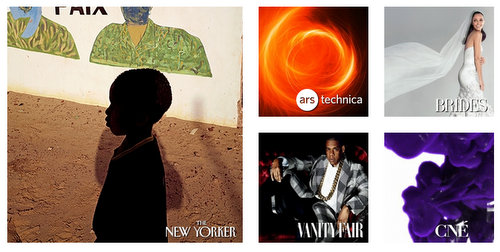Vice Media, the millennials’ bible, and Condé Naste, the giant US newsstand magazine publisher, both have editorial photo contracts in place which go for a full rights-grab from photographers.
One the other hand, a survey from US professional photography website PDN revealed photographers are actually seeking to be dealt a better hand, consisting of a raise in day rates and expenses, as well as less punishing contract conditions.
The latter is foreign to Vice. In Vice Media’s Photographer Agreement from this year, the multi-billion-dollar company demands photographers transfer and assign the company (its agents, assigns licensees, successors) ‘in perpetuity for the entire world, all… rights, title, and interest… to the photographs’.
This obviously includes copyright – and without limitation, the right to make reproductions ‘in any form or media now known or herein created, forever’. And ever. Sheesh!
The photographer even has to acknowledge that Vice is the sole owner of all rights.
PDN exposed another nasty clause whereby Vice – which would own all rights to the photos – would never be held directly accountable for legal matters arising from publishing the photos. If the photos were found to be defamatory, invaded privacy, were commercially exploitative, or whatever, the photographer would be obliged to cover the cost or loss the company incurs. PDN had a lawyer confirm that in action these clauses – in the US – hold weight, although publishing companies rarely use them.
The photographer who sent the contract to PDN said Vice representatives failed to answer questions about the contract, which he consequently did not sign.
Condé Naste, which publishes Vogue, Vanity Fair, Pitchfork, The New Yorker, Pitchfork, Glamour, among many other titles, isn’t much better judging by its standard photo contract from 2013.
The work-for-hire agreements demand a transfer of all copyright – again, throughout the world and in all forms of media – which may then be used by all Conde Naste mastheads and other publications of its parent, Advance Magazine Publishers.
It’s a strange world where a media company could theoretically sue a photographer for showing his or her photos in their portfolio – but here we are.
The photographer rejected the standard contract, and was sent a second one tailored for photographers who push back. This contract is nicer, keeping the copyright in the hands of the creator. But not perfect. It demanded a broad rights grant. Lawyer Mickey Osterreicher, general counsel for the (US) National Press Photographer’s Association, noted the second contract would ‘severely reduce and limit the freelancer’s ability to market and use his or her own work under that copyright’.
It’s well-known that magazine and newspaper revenue has plummeted, resulting in regular resizing and reshaping of the traditional business model. The cost-cutting has come at the expense of photographers, who are being forced to sign unconscionable contracts.
Vice has become a dominant media company, built from the ground up from its origins as a DIY punk music zine in New York. It’s now valued at $4 billion. Paying a photographer a reasonable rate and allowing them to hold copyright wouldn’t destroy its business model. But greed, it seems, is still good.
In PDN’s survey of 142 professional photographers, 50 percent said zero to 25 percent of their income came from editorial assignments, whereas 14 percent said they make over 75 percent of their income from them.
Late last year Time came under fire after they forced a new contract on photographers which went for a full rights-grab and reduced day rates.



